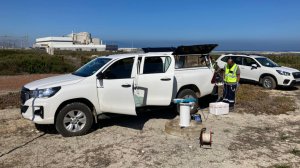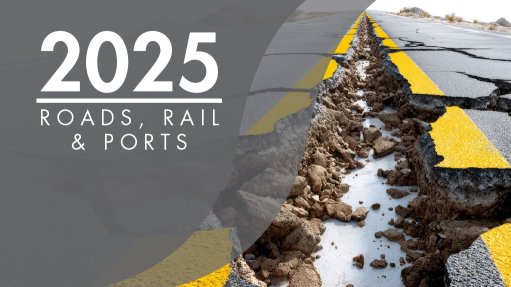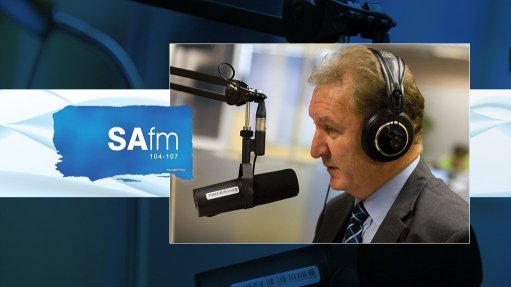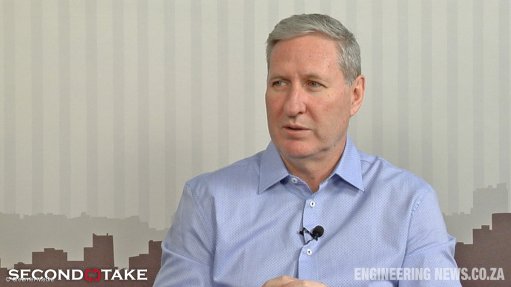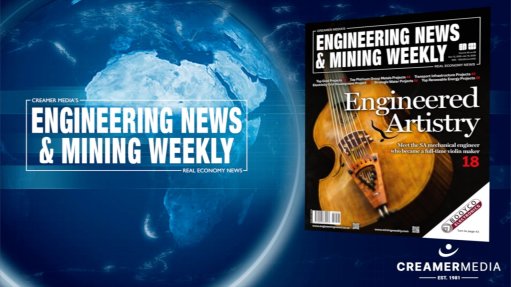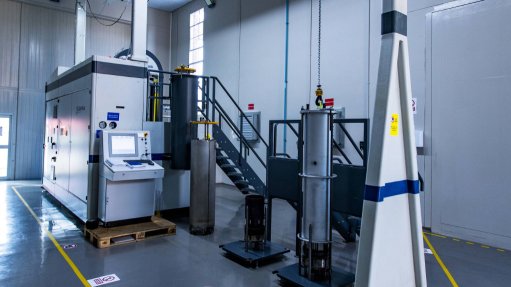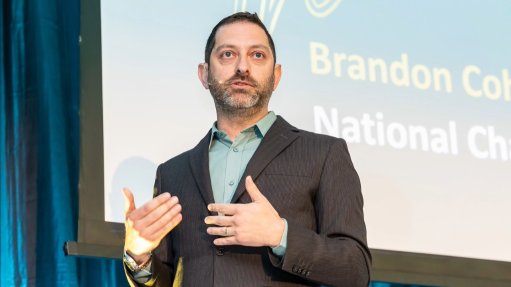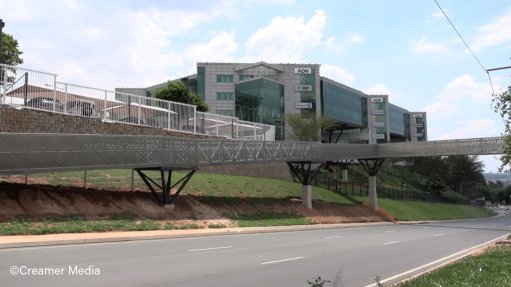Nuclear power station licensed for another 20 years


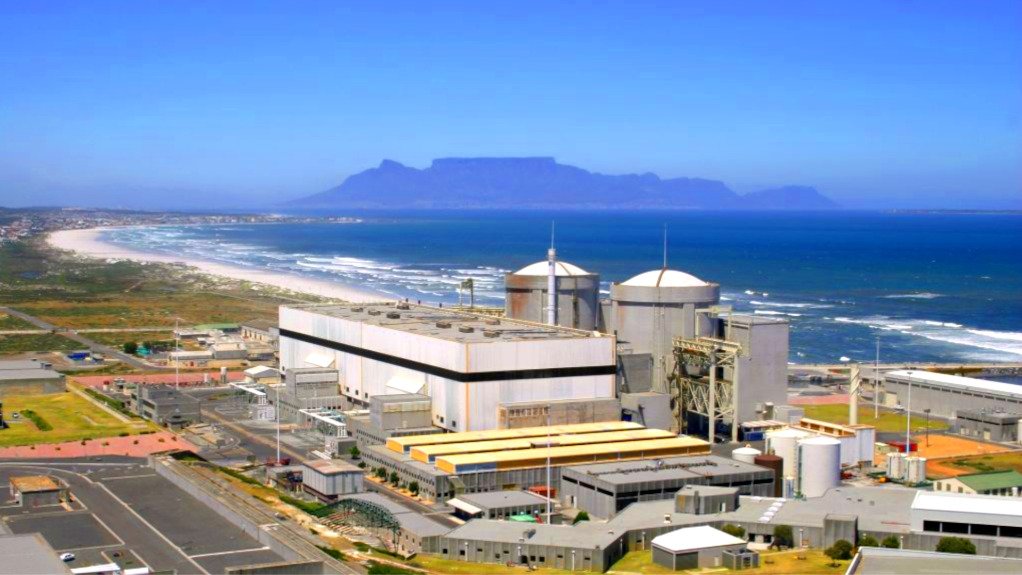
BROAD SPECTRUM STUDIES The technical studies covered a broad variety of fields, including hydrology, geohydrology, geotechnology and meteorology
Photo by SRK Consulting
PATHWAYS TO HUMANS By using the concept of ‘pathways to humans’, the specialists from SRK considered all of the potential ways that people could be exposed to radiological effects
Photo by SRK Consulting
State-owned electricity utility Eskom’s Koeberg nuclear power station was recently licensed to operate its Unit 1 for another 20 years, with global consultancy SRK Consulting South Africa playing a role in updating the site investigation reports – specifically the Site Safety Report (SSR) required by the National Nuclear Regulator (NNR).
These studies were part of a range of updates undertaken by SRK, that need to be conducted every five to ten years, says SRK principal consultant Derry Holmes.
“Our work for Eskom included addressing comments by the NNR on the previous version of the Duynefontyn SSR, as part of the long-term operational licence application for Koeberg,” states Holmes.
Koeberg’s Unit 1 is one of around 120 reactors worldwide that have safely continued operations beyond their initial 40-year life.
Nuclear projects are governed by stringent local and international quality and safety standards, requiring a variety of aspects to be monitored, analysed and reported.
Additionally, SRK’s work included technical studies in the fields of hydrology, geohydrology, geotechnology and meteorology.
“Much of the work is conducted by our in-house professionals in specific disciplines, and other aspects are contracted out to specialist associates,” says Holmes.
He explains that town planners, for example, conduct the investigations on demography, land use, water use, adjacent sea use, and nearby transportation, industrial and military facilities.
The whole life of the nuclear plant must be considered, so it is important to be able to forecast population growth and movement over this expected lifespan, adds Holmes.
“One reason why this data is relevant is because of the plant’s potential radiological impact,” he says. “For purposes of emergency planning – such as determining an appropriate transport evacuation model – planners also need to know how many people are likely to be in the area in future decades.”
Safe Operation
The analyses needed to incorporate the concept of ‘pathways to humans’, through which the specialists considered all the possible ways that people can be exposed to radiological impact, including through proximity, the food chain, water or other channels.
Consequently, the regulator is in a position to ensure that the plant will – or will continue to – operate safely at that geographic location.
While this work takes the potential radiological impacts of the plant on its surroundings into consideration, the site safety investigation also considers the impacts of the surroundings on the plant and its safe operation.
These aspects include the geology and geohydrology of the ground on which the plant is built, as well as seismic risks to the integrity of the operation, says Holmes.
Further, he explains that “this [investigation] extends as far as identifying air traffic routes, considering the potential for aircraft-related accidents. The big question to answer with all this data is whether the environment poses a risk to [the site on] which the plant [will] operate throughout its life cycle”.
In the face of the identified risks, the studies also consider whether there are any impediments to creating an effective emergency plan – so that people can be evacuated from the area in the event of an incident.
This includes considering not only the existing transportation infrastructure but the likely future scenarios, taking economic growth and urbanisation into account.
“The planning of nuclear power stations requires the gathering of considerable data, but also demands intensive engagement with stakeholders such as local government,” Holmes elaborates.
Planners must understand the spatial development frameworks of municipalities or metropolitan areas and there must also be agreement between parties about future developments, he states.
This planning includes geohydrological water monitoring where the levels and quality of water are checked in dedicated boreholes, as well as meteorological monitoring of factors such as temperature, wind, solar radiation and rainfall.
The ecology aspects of an SSR can benefit from information originally gathered for a project’s environmental-impact assessment (EIA), Holmes adds.
“While the EIA assesses how the power station might impact on the ecology, the SSR assesses how the ecological environment may affect the running of the plant,” Holmes concludes.
Article Enquiry
Email Article
Save Article
Feedback
To advertise email advertising@creamermedia.co.za or click here
Comments
Press Office
Announcements
What's On
Subscribe to improve your user experience...
Option 1 (equivalent of R125 a month):
Receive a weekly copy of Creamer Media's Engineering News & Mining Weekly magazine
(print copy for those in South Africa and e-magazine for those outside of South Africa)
Receive daily email newsletters
Access to full search results
Access archive of magazine back copies
Access to Projects in Progress
Access to ONE Research Report of your choice in PDF format
Option 2 (equivalent of R375 a month):
All benefits from Option 1
PLUS
Access to Creamer Media's Research Channel Africa for ALL Research Reports, in PDF format, on various industrial and mining sectors
including Electricity; Water; Energy Transition; Hydrogen; Roads, Rail and Ports; Coal; Gold; Platinum; Battery Metals; etc.
Already a subscriber?
Forgotten your password?
Receive weekly copy of Creamer Media's Engineering News & Mining Weekly magazine (print copy for those in South Africa and e-magazine for those outside of South Africa)
➕
Recieve daily email newsletters
➕
Access to full search results
➕
Access archive of magazine back copies
➕
Access to Projects in Progress
➕
Access to ONE Research Report of your choice in PDF format
RESEARCH CHANNEL AFRICA
R4500 (equivalent of R375 a month)
SUBSCRIBEAll benefits from Option 1
➕
Access to Creamer Media's Research Channel Africa for ALL Research Reports on various industrial and mining sectors, in PDF format, including on:
Electricity
➕
Water
➕
Energy Transition
➕
Hydrogen
➕
Roads, Rail and Ports
➕
Coal
➕
Gold
➕
Platinum
➕
Battery Metals
➕
etc.
Receive all benefits from Option 1 or Option 2 delivered to numerous people at your company
➕
Multiple User names and Passwords for simultaneous log-ins
➕
Intranet integration access to all in your organisation


